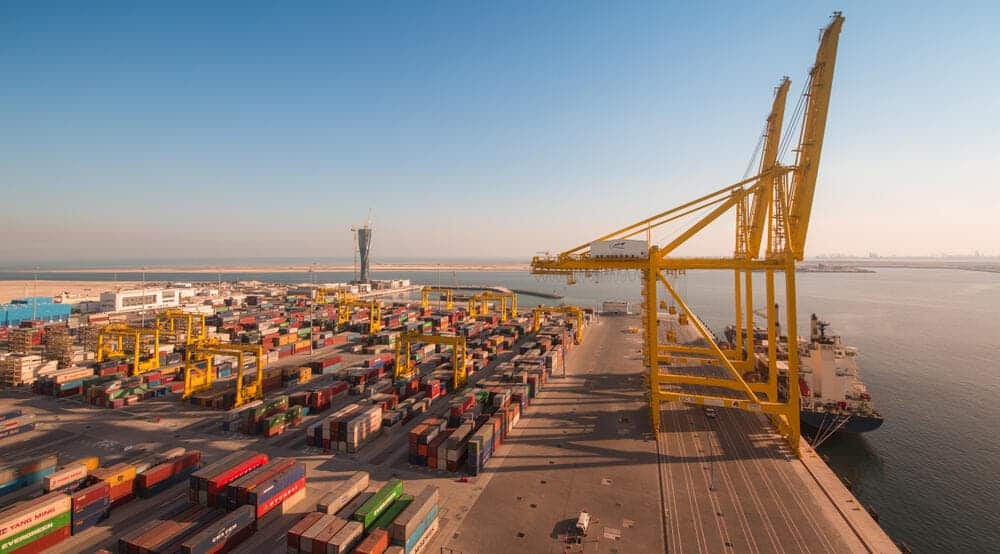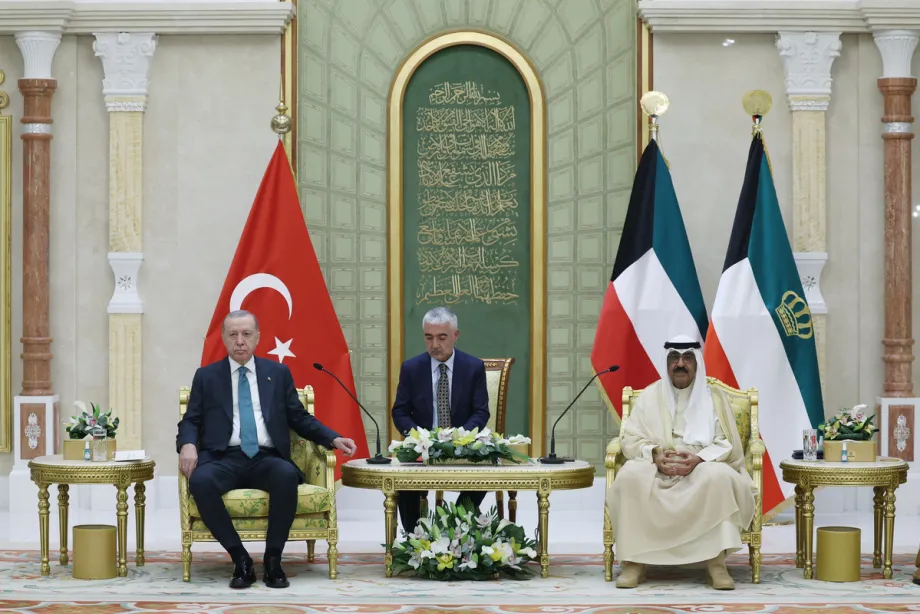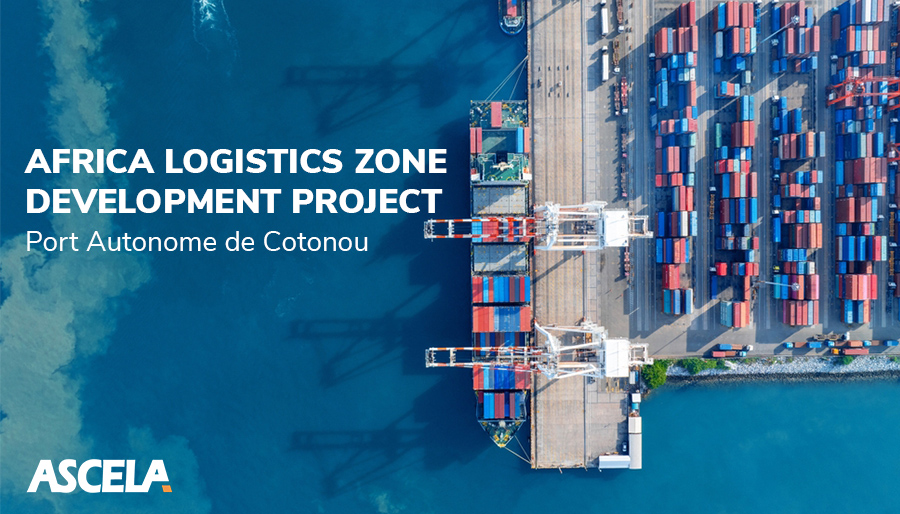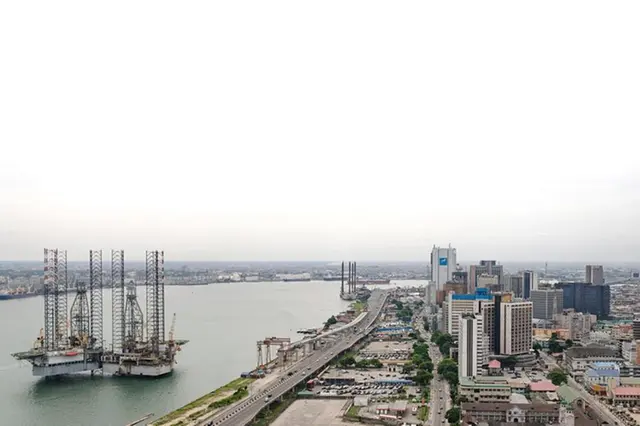Sea

Hamad Port records surge in bulk cargo and RORO movement in October

Hamad Port reported a notable increase in bulk cargo and vehicle (RORO) movement in October 2025, highlighting changing dynamics in Qatar’s maritime trade.
The multi-use terminal, designed to support bulk, RORO, grains and livestock supply chains, continues to strengthen its role as a key gateway for the Upper Gulf.
The port handled 158,500 freight tonnes of bulk cargo during the month, up 46.72% month-on-month and a substantial 252.05% year-on-year.
Market analysts note that the growth in bulk volumes aligns with rising demand for construction-linked raw materials and agricultural imports, alongside Qatar’s continued investment in manufacturing and food security initiatives.
Breakbulk, however, saw a decline, with 27,611 freight tonnes processed in October, a drop of 77.13% MoM and 69.68% YoY. This shift suggests consolidation towards containerised and bulk shipping as regional supply chains seek greater efficiency and lower handling costs.
Annual performance subdued
The port handled 9,497 RORO units in October, marking a 2.96% rise on a monthly basis, although volumes remain 41.81% lower year-on-year.
Qatar’s automotive market has shown recovery in areas such as heavy equipment, private motorcycles and consumer vehicles, according to National Planning Council data, contributing to the short-term uptick.
Despite higher unit volumes, RORO freight tonnage totaled 171,555 tonnes, down 3.31% MoM and 36.1% YoY, reflecting a shift in mix towards lighter vehicles and a normalisation of post-pandemic import spikes seen in previous years.
A total of 126 commercial vessels called at Hamad Port in October, declining 2.33% MoM and 15.46% YoY, influenced by global schedule adjustments and vessel capacity optimisation across regional routes.
Qatar pushes non-oil growth
Hamad Port handled 119,877 TEUs in October, supported by ongoing investment in terminal efficiency and technology. Container Terminal 2 (CT2), featuring remote-operated STS cranes, hybrid RTGs and electric tractors, is central to the port’s ambition to operate as a smart, low-emissions logistics hub.
The port is globally recognised as one of the largest eco-friendly ports, aligning with Qatar National Vision 2030 goals to diversify the economy and expand the maritime sector’s contribution to GDP. Its strategic location positions it as a transshipment link for Kuwait, Iraq and Oman, enhancing Upper Gulf trade connectivity.
Industry observers say the latest figures reaffirm Qatar’s focus on strengthening non-oil private sector performance through efficient port infrastructure, improved trade facilitation and sustainable logistics












